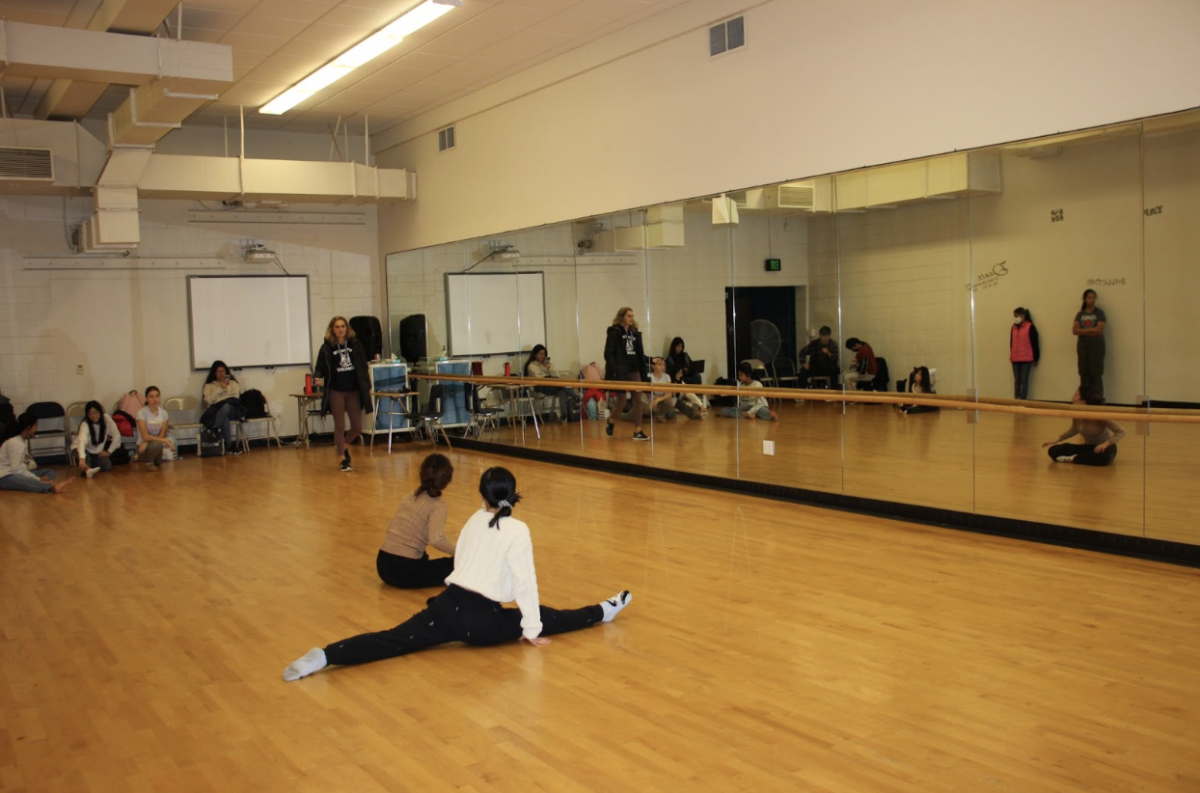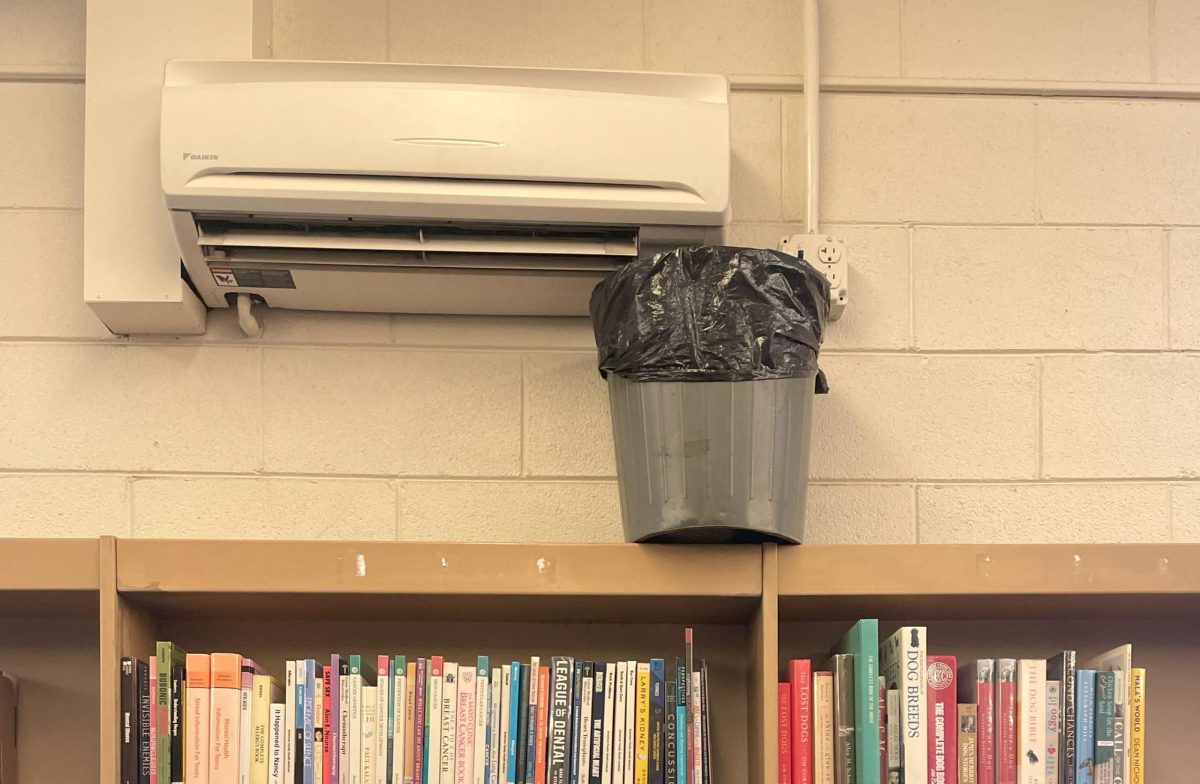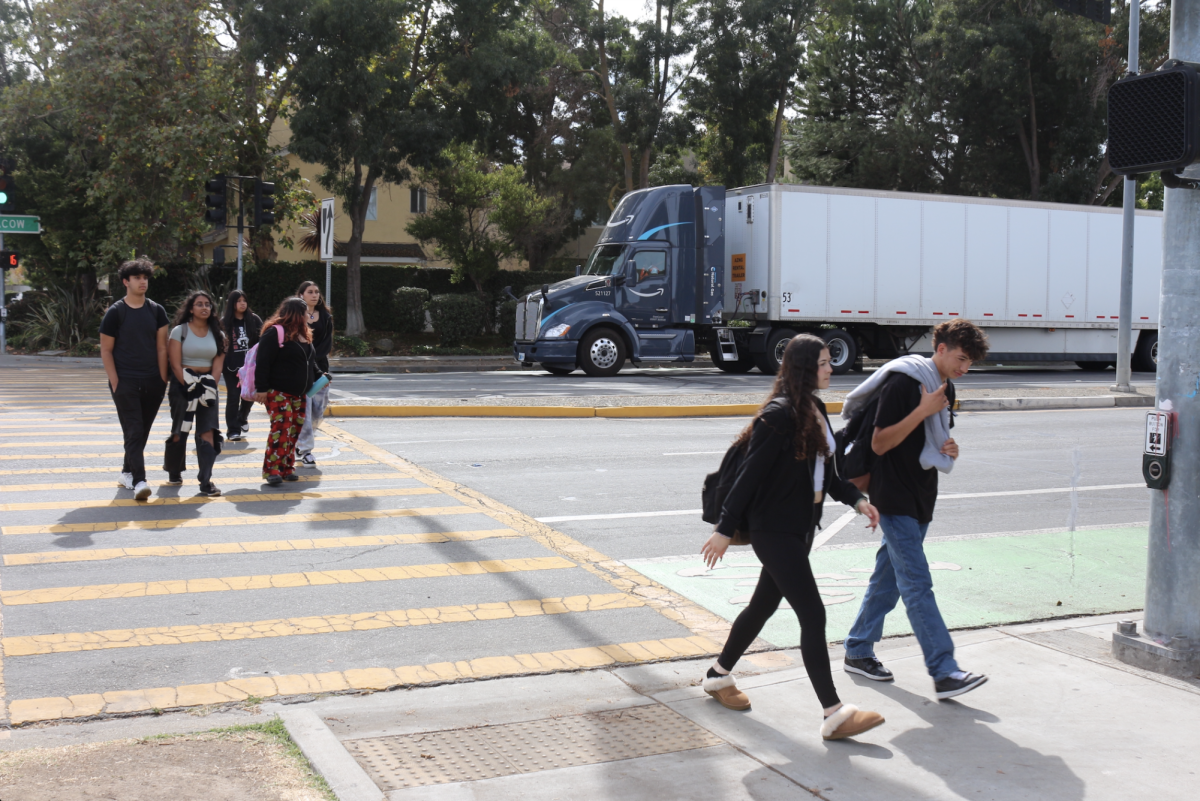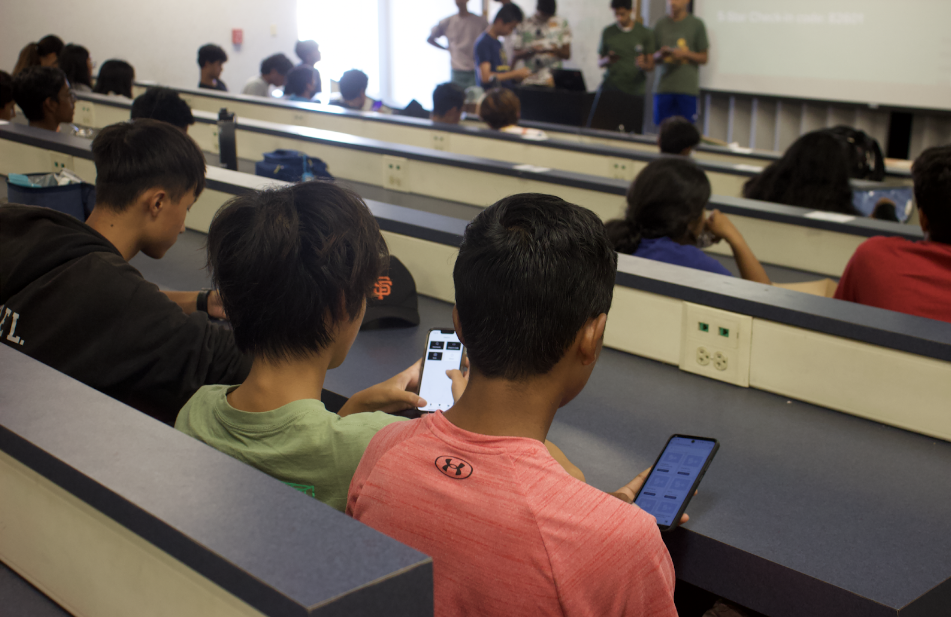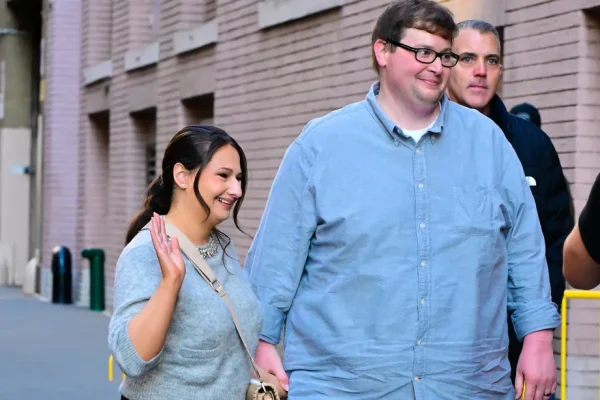Hello Sunshine: An Ode to Daylight Saving
November 28, 2018
On Sunday, November 4th, people across the nation reset their clocks to get an extra hour of sleep, returning to the standard time after being in Daylight Saving Time since March. The concept of Daylight Saving Time (DST) has been in the United States for almost a century, and there is no valid reason to get rid of this system. Despite the inconveniences of the time shift, the benefits of DST far outweigh the detriments because an hour of extra sunlight allows people to achieve more in a day and creates safer living conditions.
When the sun rises and sets as early as 5 A.M. and 6 P.M., 1-2 hours of sunlight get wasted in the early hours of the morning because most people don’t participate in morning outside activities. School time itself remains at a standard 8 A.M. to 3 P.M. year-round. Adapting the clock by setting it back an hour accommodates for the majority. Let’s look at the math: DST lasts about 35 weeks. The addition of just one extra hour of sunlight in people’s daily lives every day for 8 months amounts to 245 hours of sunlight that people would otherwise have been lost to the morning. In spring and summer, the advantages of this include everything from health benefits of vitamin D to making after-school sports practices possible. At this time in November, DST is over; the sun sets earlier by the clock in standard time. This provides light for morning sports and activities, such as zero period.
Another benefit of DST is safety due to more sunlight during the evening hours. As per a report by the Brookings Institute, during the 8 months of DST, crime rates decreased by 27% and is estimated to save $59 million annually from avoided robberies. Some say that DST should not be implemented because with the amount of artificial light used in today’s society, it does not conserve energy nor reduce energy-related costs. Even though costs are not conserved, there are many benefits from just an extra hour of sunlight a day, as opposed to standard time. More light in the evenings makes it safer for people to commute, whether it be parents returning home from work or teenagers from after-school sports practices or classes, and increases safety for people to walk in their neighborhood.
DST is an inconvenience, as the time change interferes with the people’s circadian rhythms and causes a lot of confusion during the weeks following the time shifts. Yet looking at the bigger picture: Most teenagers tend to have irregular sleep patterns, and Irvington students are no exception. With this in mind, a loss or gain of one hour that occurs for only two days in a year likely does not do much to throw off most teens’ sleep patterns. Looking at the practicality of Daylight Saving Time, it can’t be denied that this system has been and will always be worth the increased productivity and safety at the expense of a minor inconvenience.



